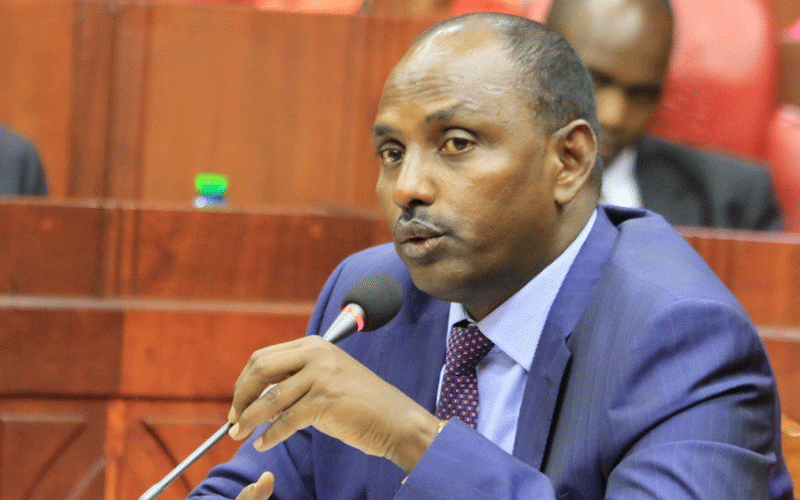Kenya trails in poverty reduction, says report
By Lewis Njoka, July 7, 2020Lewis Njoka @LewisNjoka
Kenya still lags behind in reduction of poverty and unemployment among other Sustainable Development Goals (SDGs) it has been implementing since 2015.
Treasury Cabinet Secretary, Ukur Yatani said yesterday that despite the country doing well in the overall implementation of SDGs, some goals, such as unemployment and poverty reduction, need to be fast-tracked to catch up with others.
“We made substantial progress in the implementation of the SDGs. We are very happy with the outcome. But we are not saying that we are there yet,” he said.
“We are working towards fast-tracking the implementation of all the indicators of SDGs despite challenges, particularly Covid-19, and other hiccups that we found along the way,” Yatani added.
National review
Yatani spoke in his Nairobi offices yesterday when he launched the second Voluntary National Review report on Sustainable Development Goals for Kenya.
He, however, said a number of SDGs targets and indicators need to be fast-tracked as they are still lagging behind.
These, the CS added, include poverty reduction, reduction in maternal mortality, malaria and non-communicable diseases, unemployment, some gender related indicators and environmental degradation among others.
“Moving forward more effort will be required to accelerate realisation of these goals, targets and indicators,” Yatani said.
While the poverty level in the country is declining, it is still far from the level envisioned by the first SDG goal- Ending poverty in all its forms everywhere.
According to the report, the proportion of the population living below the poverty line declined to 36.1 per cent in 2016 from 45 per cent in 2005. Poverty is more prevalent in rural than urban areas with 40 per cent of the rural population living in poverty compared to 27.5 per cent of the peri-urban and 29.4 per cent of the core-urban population.
On average, households in rural areas spend less than half of what households in the core-urban areas spend, says the review.
Poverty rates are higher among vulnerable groups such as orphans and vulnerable children (54.1 per cent), older persons (53.2 per cent) and persons with disabilities (57.4 per cent).
The country is yet to bridge the poverty gap across regions with the rate varying widely across counties.
Turkana, Mandera, Samburu and Busia have the highest rates of poverty in the country at 79, 77.6, 75.8 and 69.3 respectively. On the other hand, Nairobi, Nyeri, Meru and Kirinyaga have the lowest levels of poverty in the country at 16.7, 19.3 19.4, 20 per cent respectively.
Like poverty reduction, the country is still far from attaining the eighth goal of SDGs: Providing employment and decent work for all. The report says annual growth rate of real gross domestic product (GDP) per employed person dropped to 0.4 in 2019 from 1.3 in 2018.
As of 2019, people in informal employment comprised 82.96 per cent of all employed people up from 82.20 in 2017.
Despite the ongoing pandemic, Yatani is putting on a brave face, saying he expects economic growth to be 2.5 per cent or more.
Better outcome
“We are still firmly at 2.5 per cent, this could be the lowest that we can go. But with opening of the economy, maybe at a later time, we are even optimistic that we could realise largely better outcome,” the CS said.
Yatani said the country’s diversified economy and the anticipated good performance of the agricultural sector due to the sufficient rainfall would help the country attain the 2.5 per cent growth projections.
More Articles

